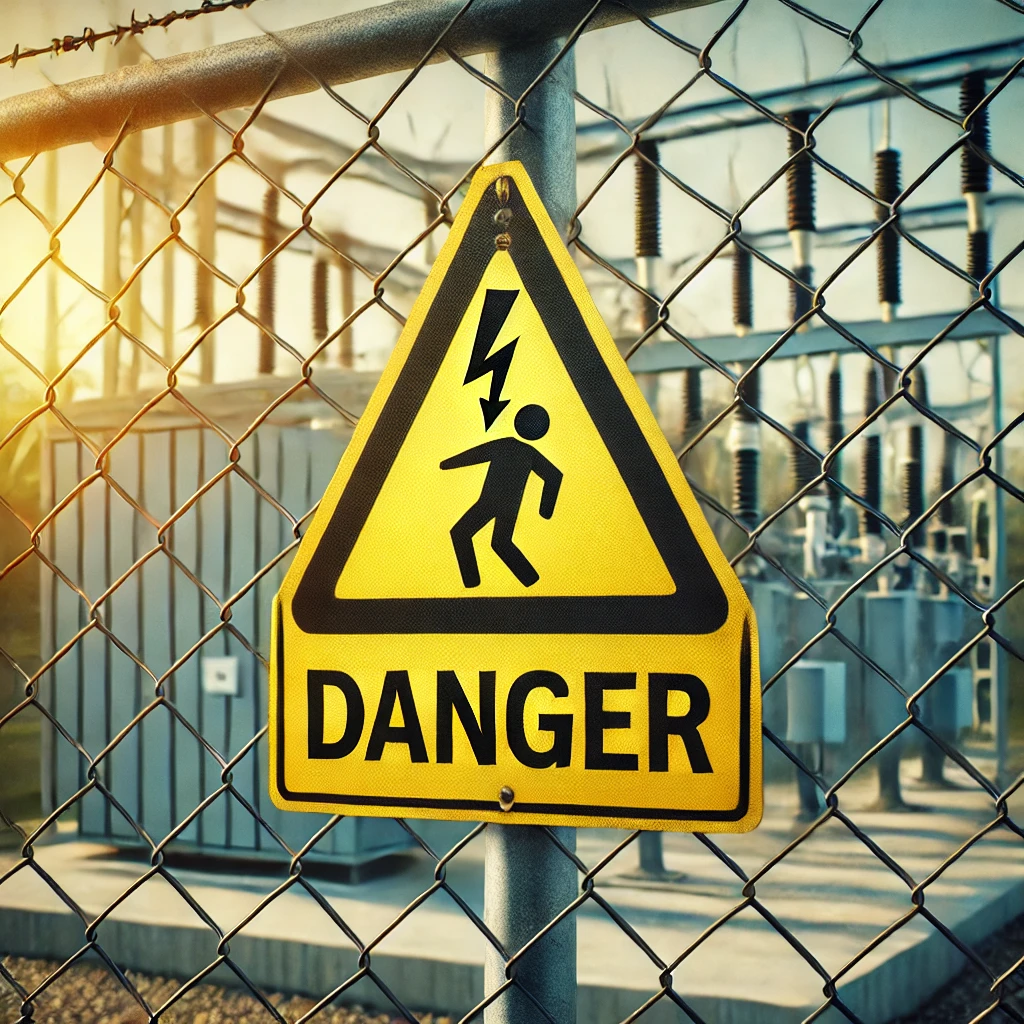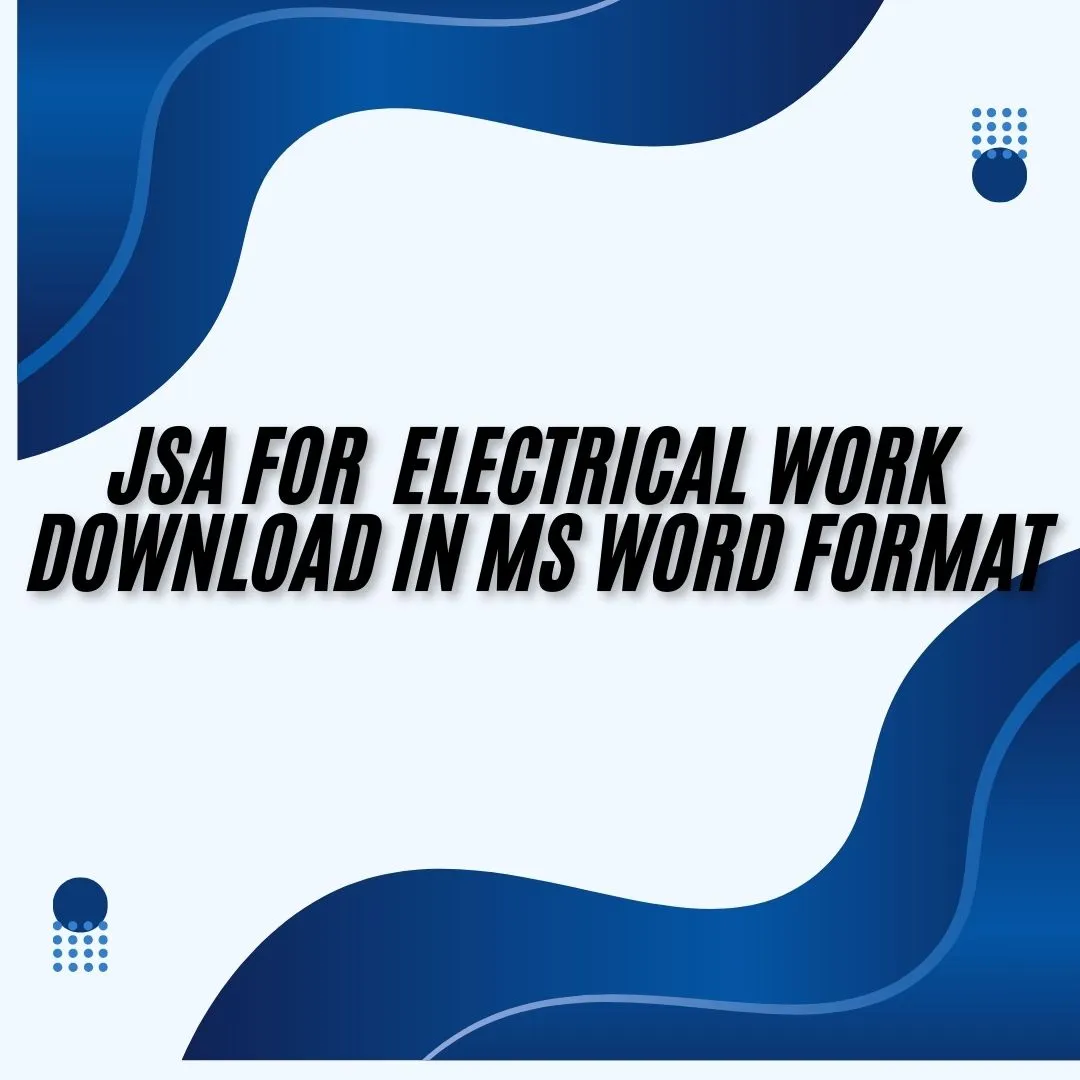JSA is required for electrical work in all industries to ensure safety and reduce potential risks. Tasks are broken down into steps, potential hazards are identified, and controls are specified in a job safety analysis (JSA). This procedure not only safeguards workers but also increases output and compliance with safety standards.
Why Use a JSA for Electrical Work?
What qualifies a JSA as the ideal choice for electrical tasks? Electrical hazards are among the most dangerous things that can occur at work. Employers can systematically reduce the risks associated with electrical work by using a JSA. It establishes a clear framework for identifying hazards and implementing safeguards to keep people and property safe.
What Are the 5 Main Electrical Hazards?
Which are the top five electrical hazards? Electrical hazards must be understood in order to create a successful JSA. The following are the five primary electrical hazards:
- Electric Shock: This happens when the body is incorporated into an electrical circuit. It can be lethal to use low voltage.
- Arc of Flash: An unexpected energy spike is caused by an electrical malfunction. Arc flashes can cause severe burns and injuries.
- Fire: Potential causes include malfunctioning wiring, overloaded circuits, and inadequate electrical equipment operation.
- Explosions: Electrical malfunctions can happen in potentially dangerous situations, like those involving flammable gases or vapors.
- The process of electrocuting: Inadequate grounding or contact with live electrical components are the two most frequent causes of fatal electric shocks.

Key Steps in a JSA for Electrical Work
- Analysis of Workplace Safety: Establish the tasks. Separate the work into distinct tasks or steps. Examples include power outages, electrical wiring connections, and equipment inspections.
- Consider potential hazards: Examine each step for possible hazards such as electric shock, arc flash, or fire.
- Determine the controls: Implement the following safety precautions:
- Lockout/tagout procedures
- Wear personal protective equipment (PPE), such as insulated gloves and clothing that has been rated for arc exposure.
- Ground fault circuit interrupters, or GFCIs
- Speak with Workers: Workers should be trained on safety protocols and recognized risks.
- Review and Edit: Regularly review the JSA for any modifications to the work procedure or additional risks.
Key Steps in a JSA for Electrical Work:
- Enhances worker safety and reduces accidents.
- Improves compliance with OSHA and other safety regulations.
- Finds inefficiencies in work processes.
- Promotes a safe work environment.
Download JSA for Electrical Work in MS Word
Get a Microsoft Word version of an editable Electrical Work Job Safety Analysis (JSA). This template includes:
- Task breakdowns
- Sections devoted to identifying hazards
- List of Control Measures
- Additional notes and signatures are welcome.
Get the Microsoft Word version of the Electrical Work Job Safety Analysis. You can make sure that your workplace is ready to handle electrical hazards by using this template. Despite the inherent dangers of electrical work, you can lower the risks and protect your team by being organized and using the right equipment. Implementing a job safety analysis (JSA) tailored to your particular tasks and environment is a proactive approach to safety and compliance. When dealing with electrical hazards, safety and careful planning should always come first.

